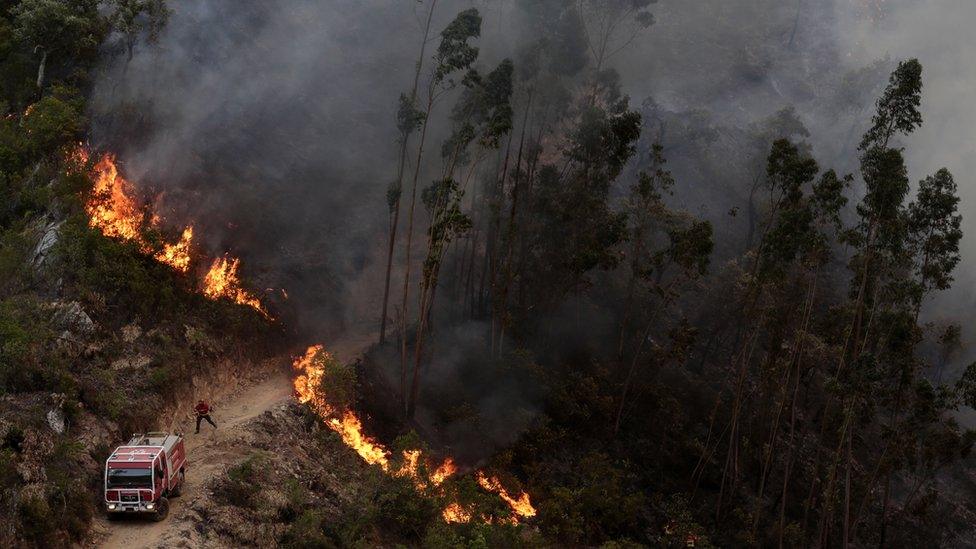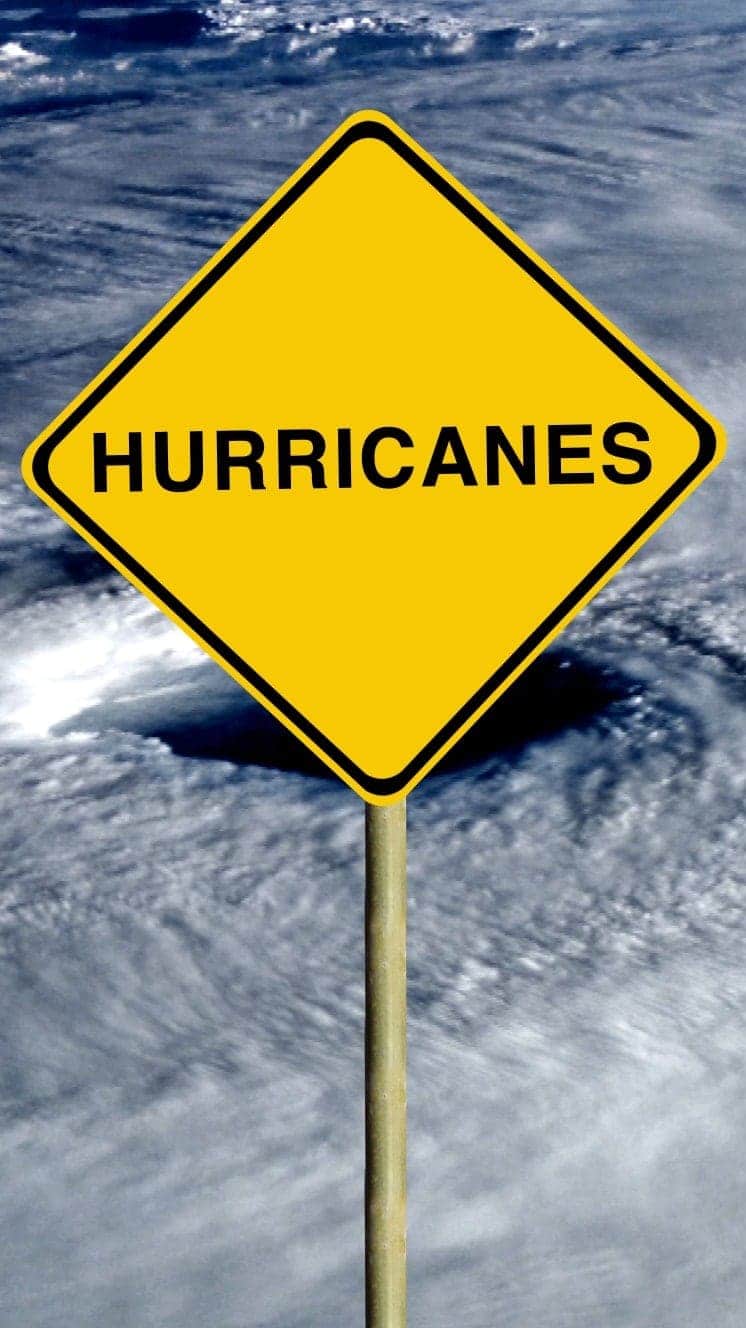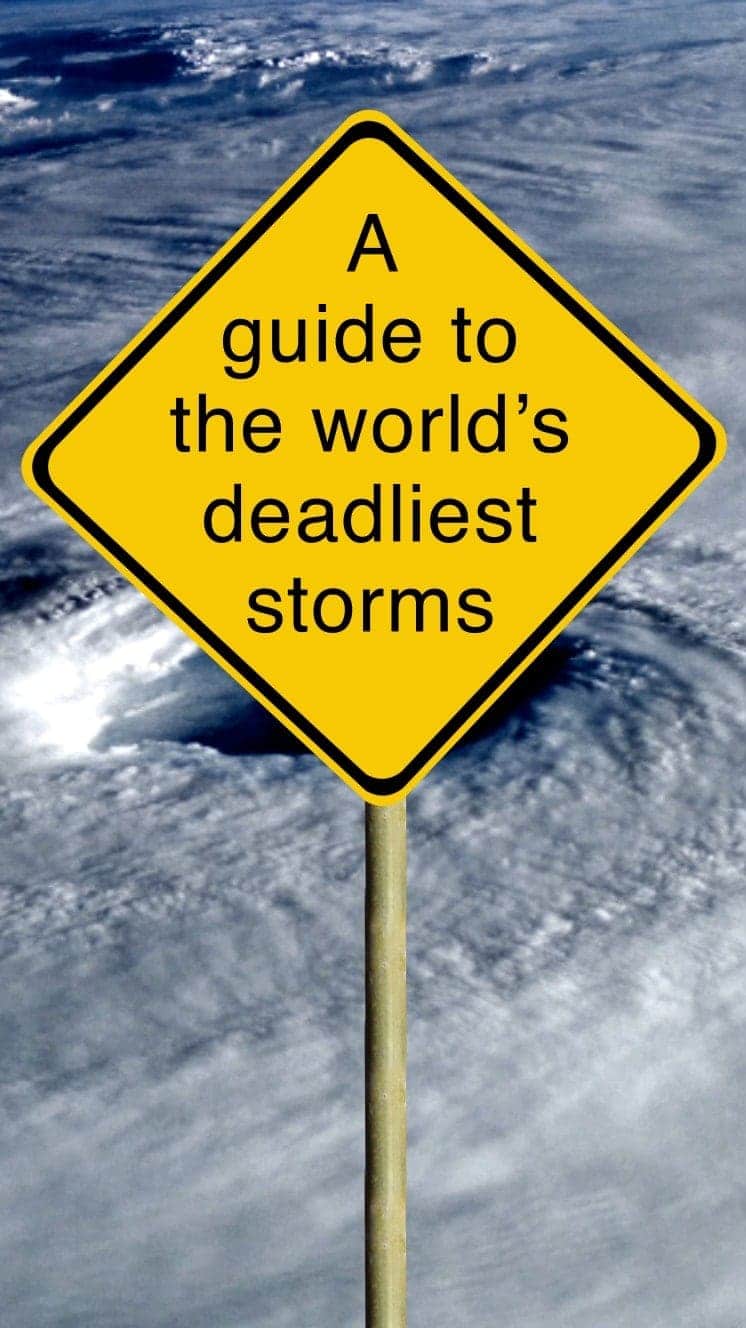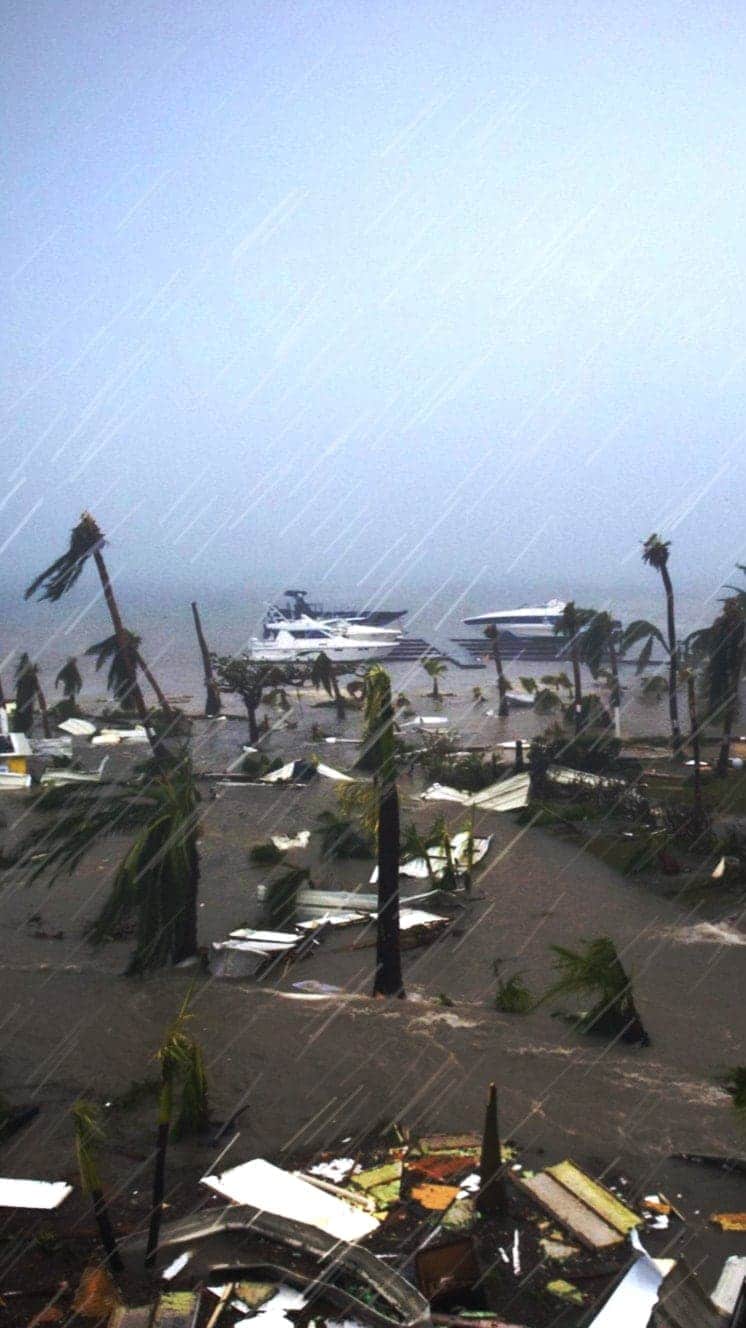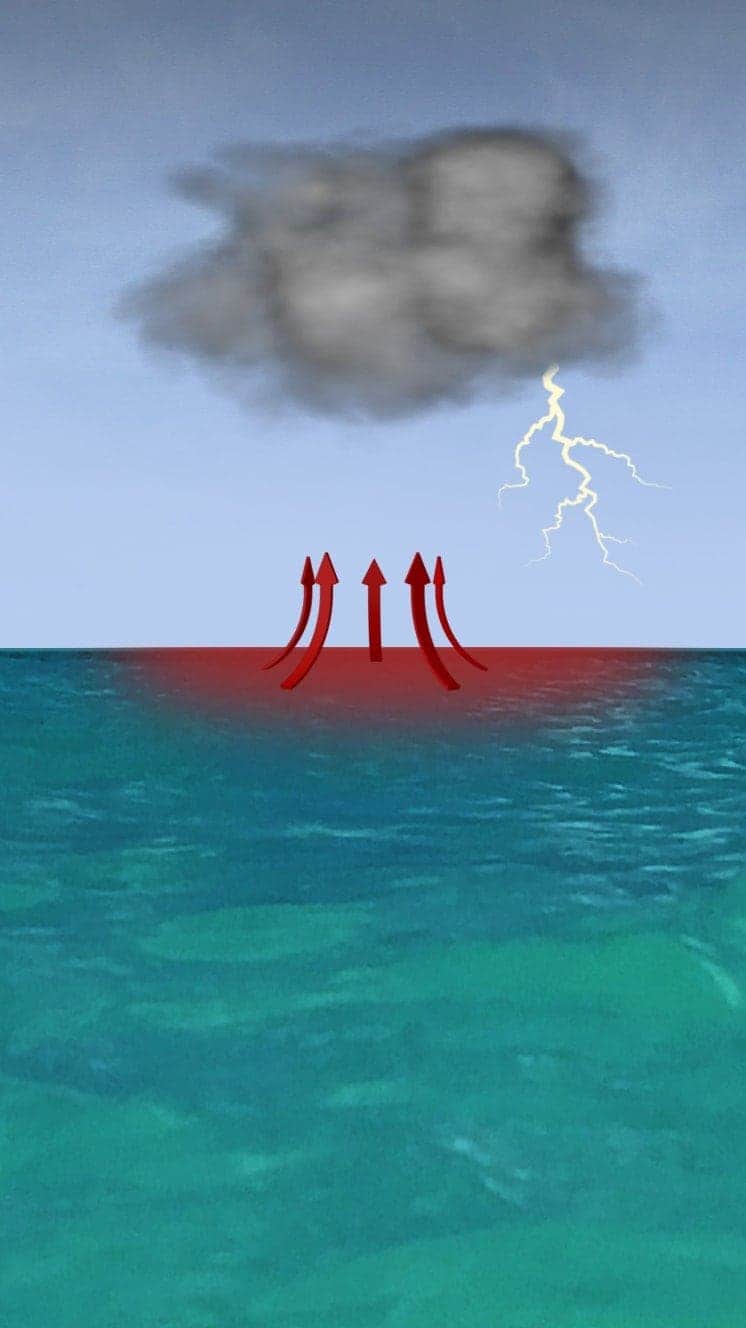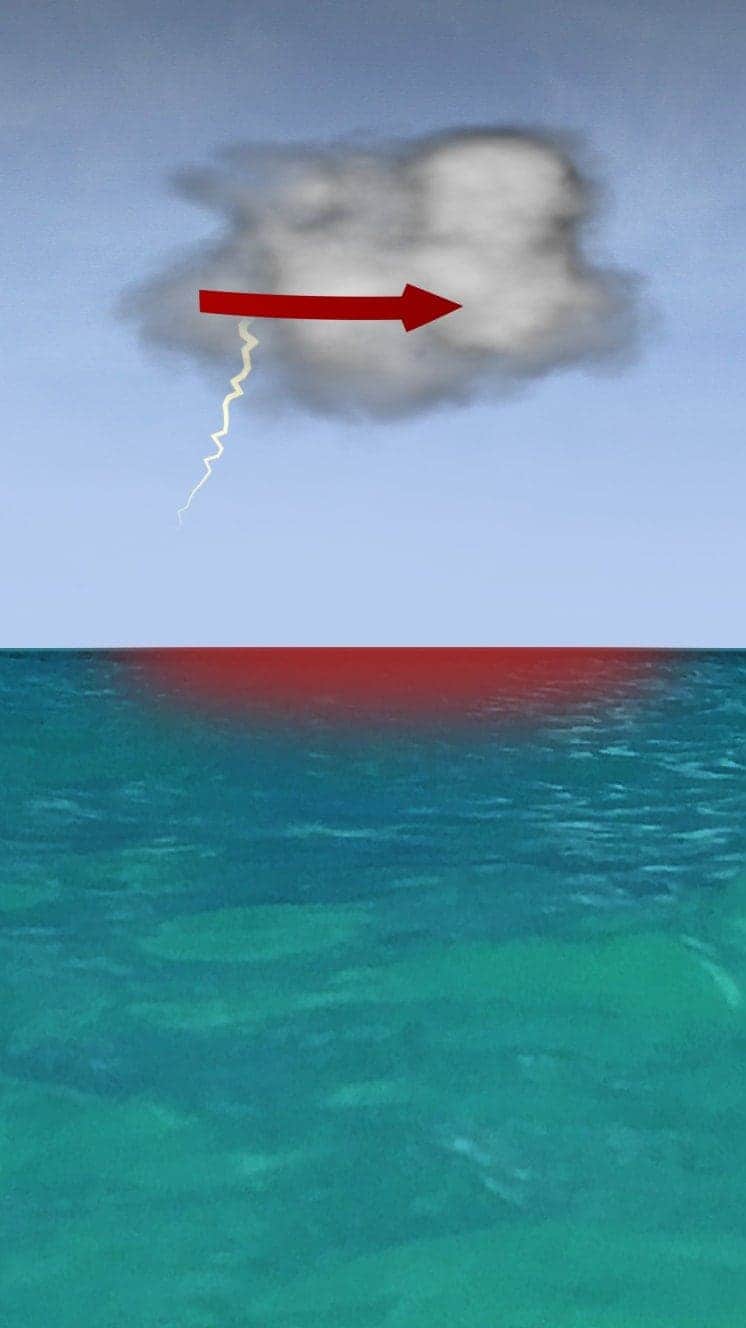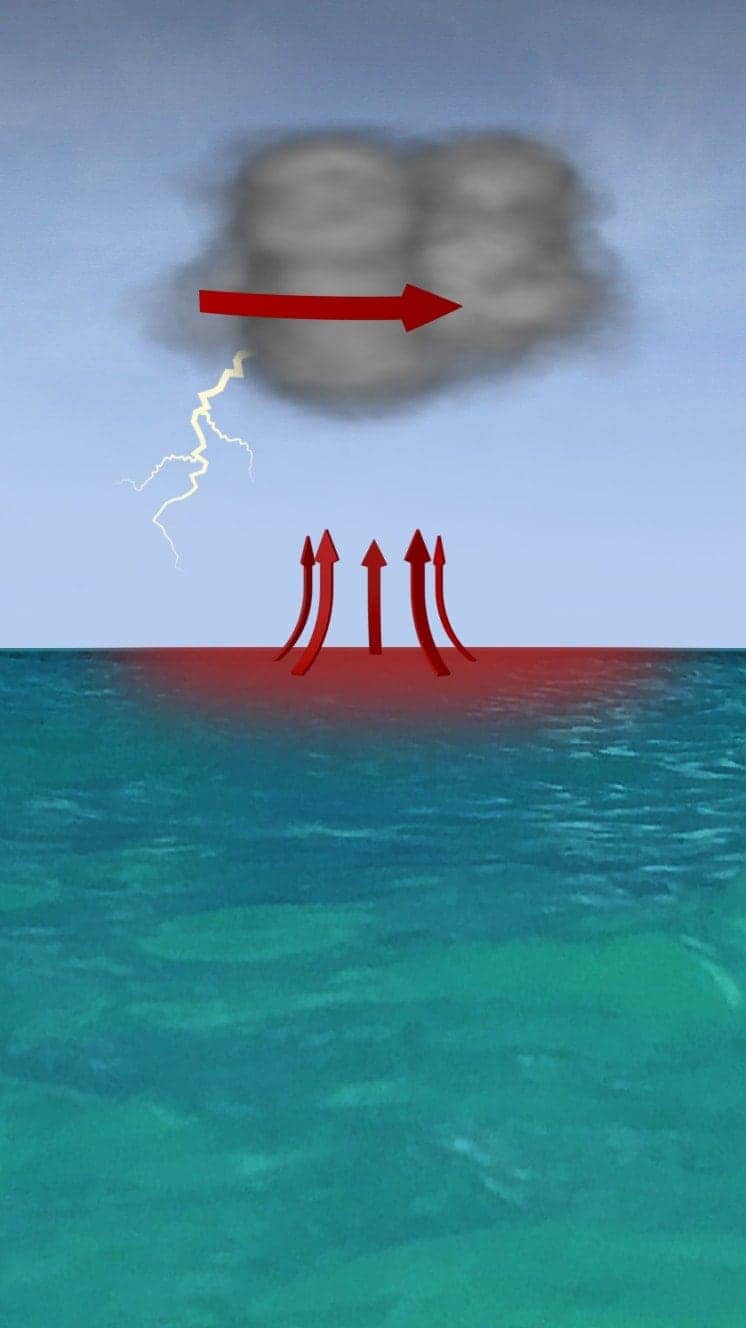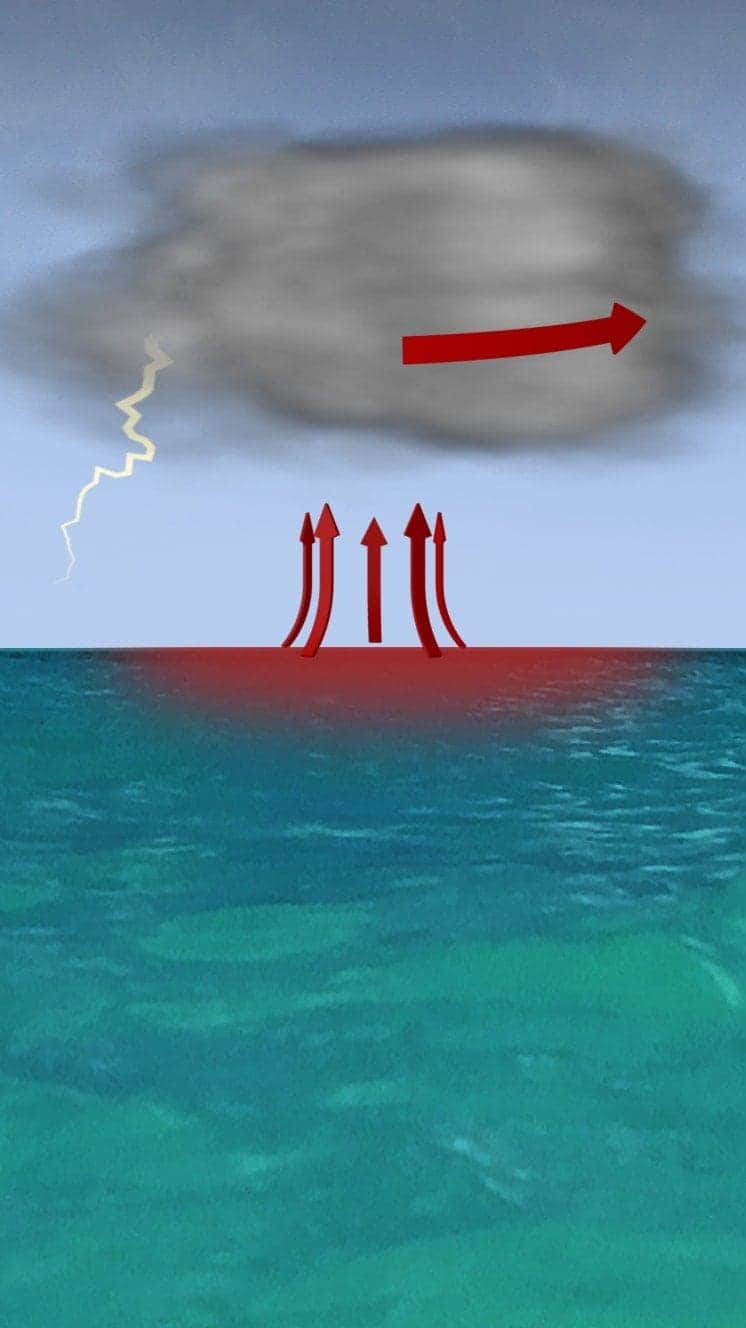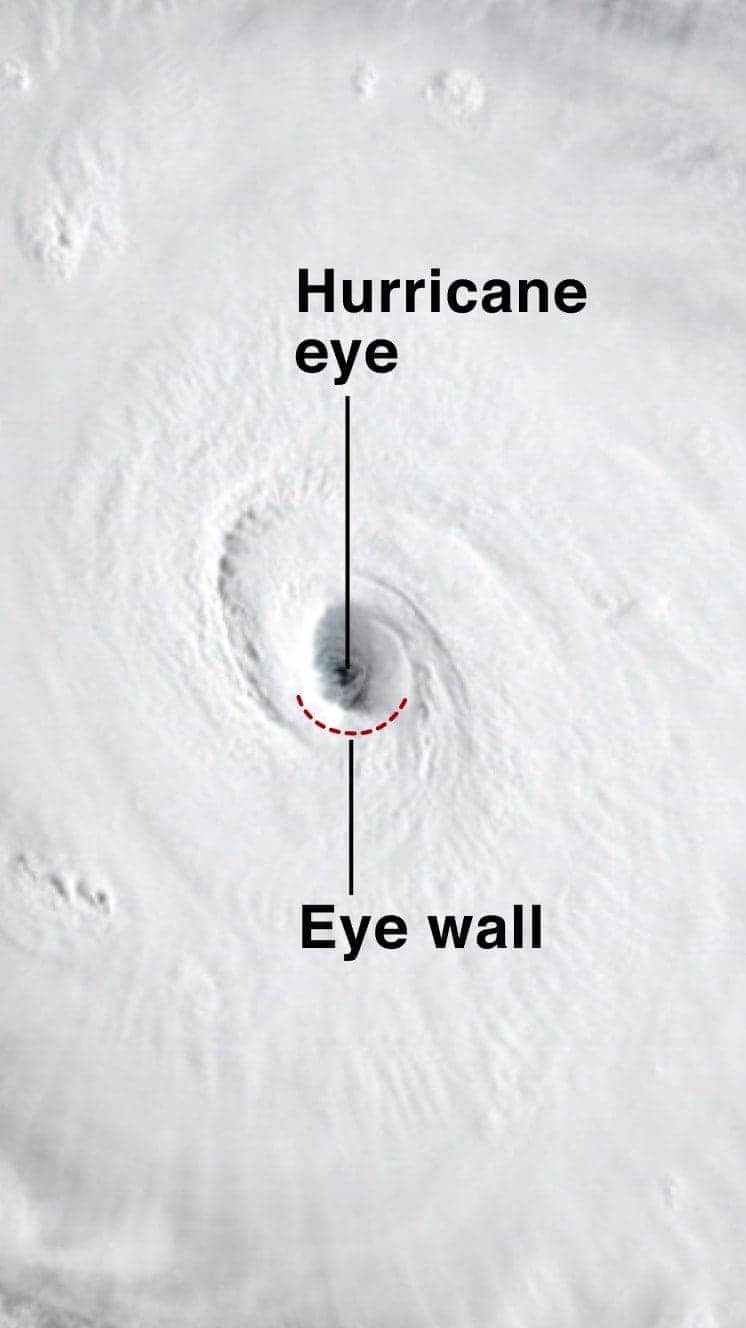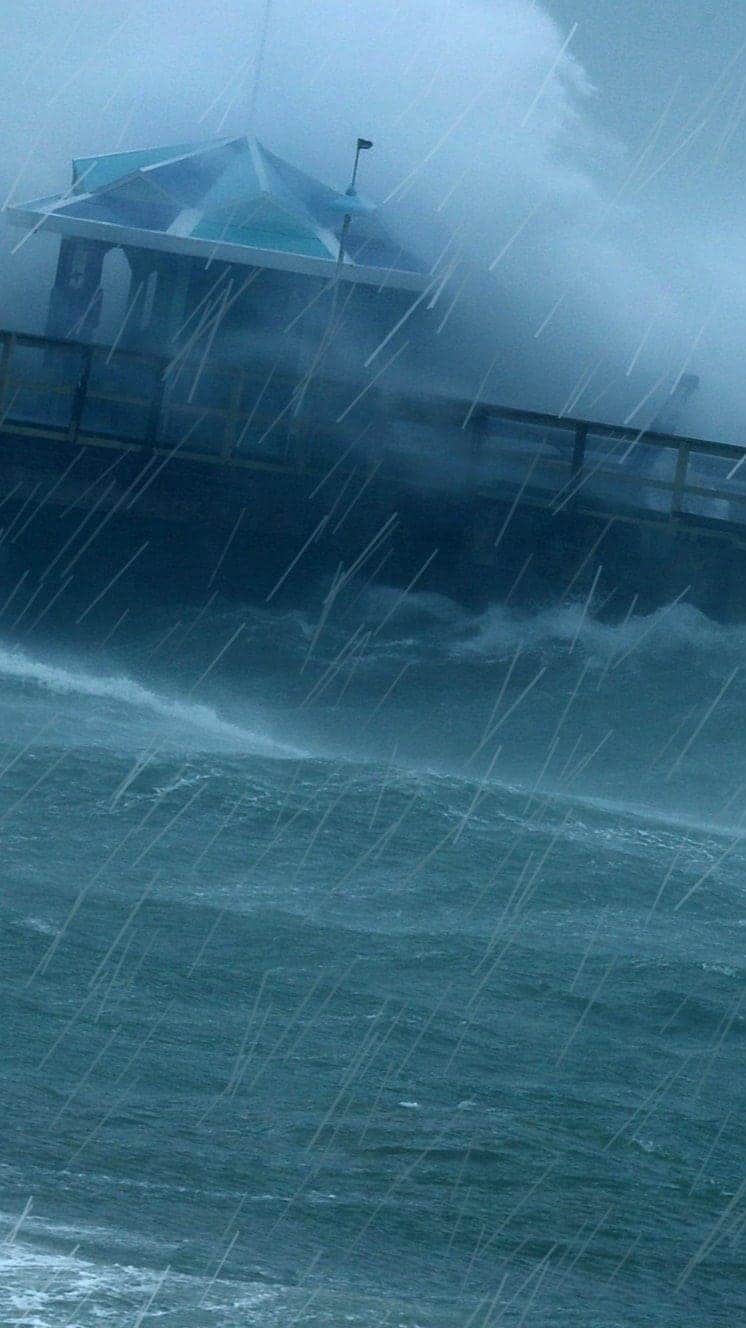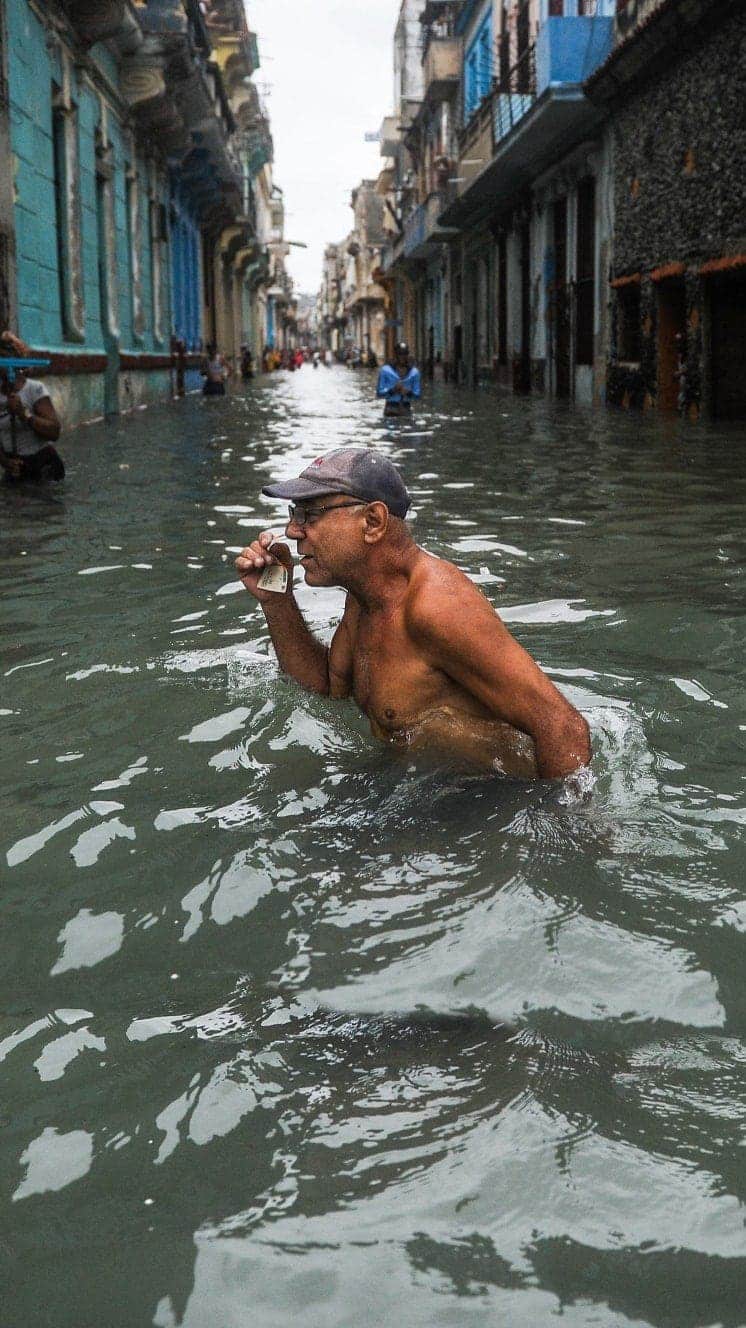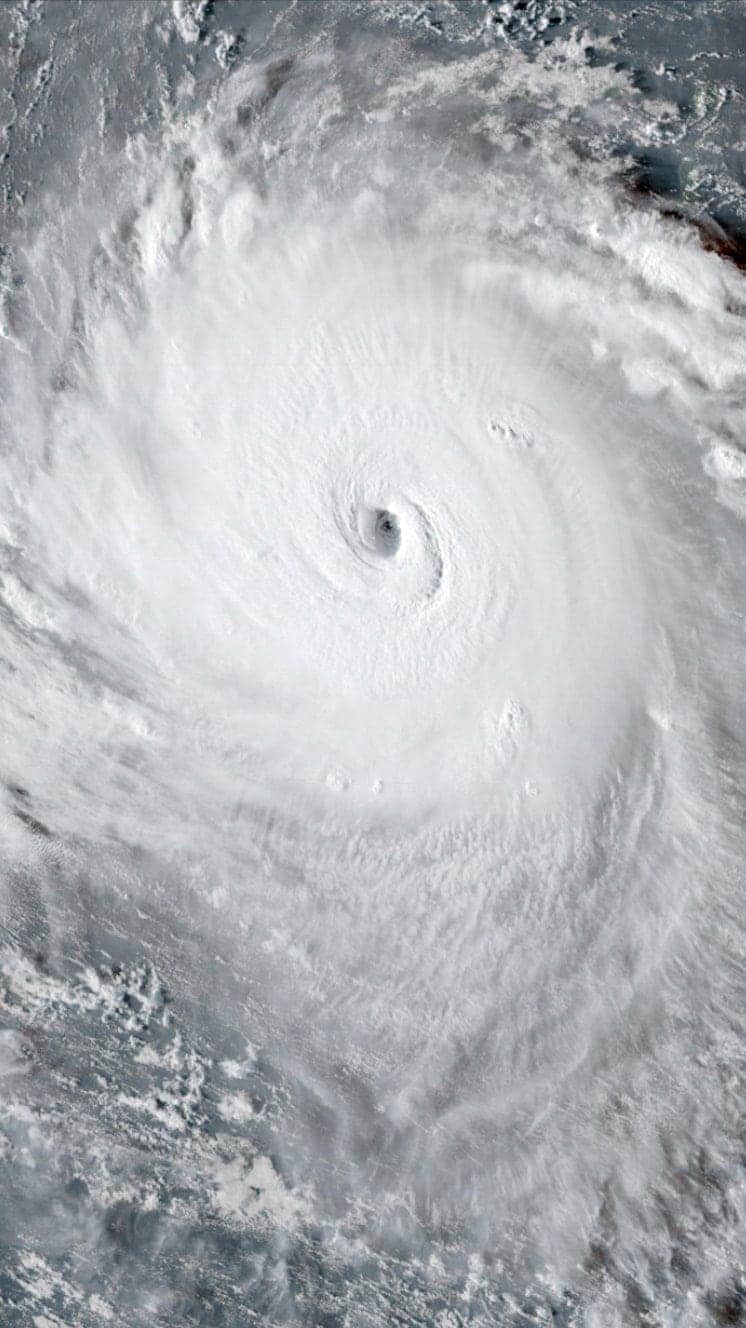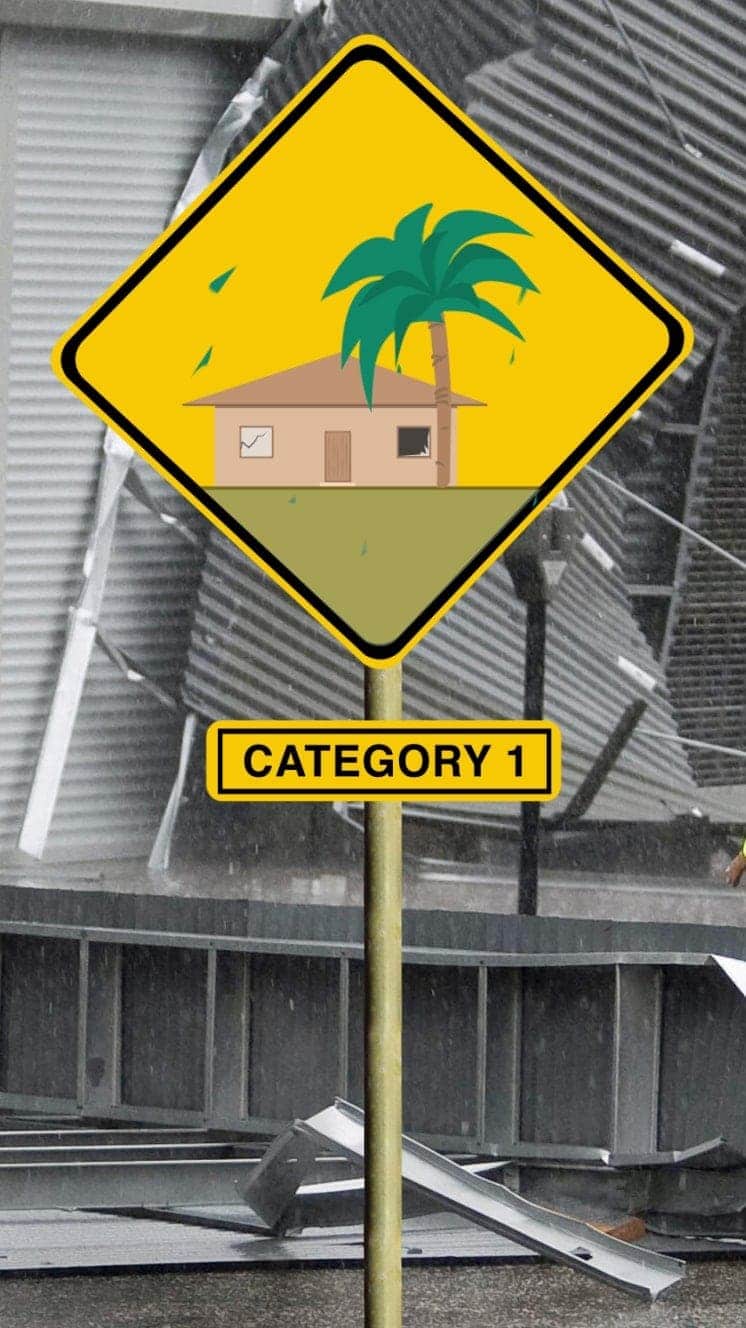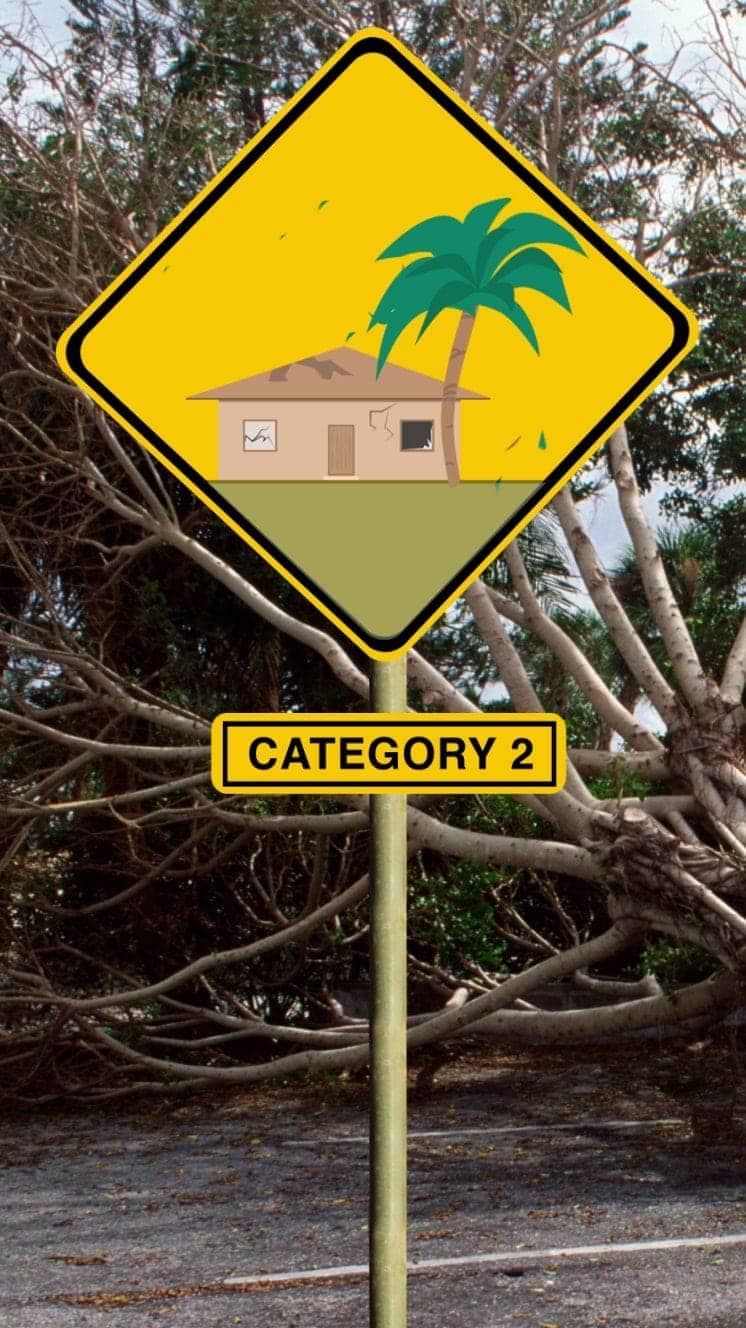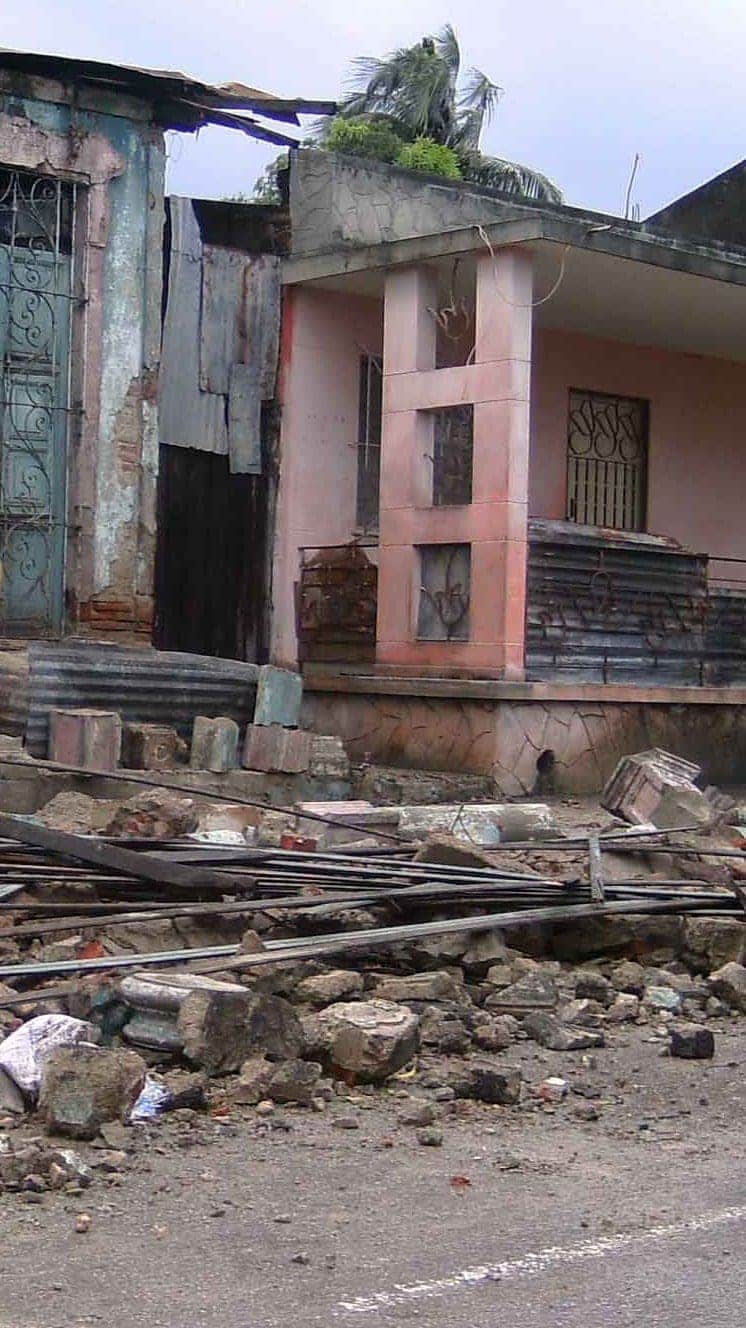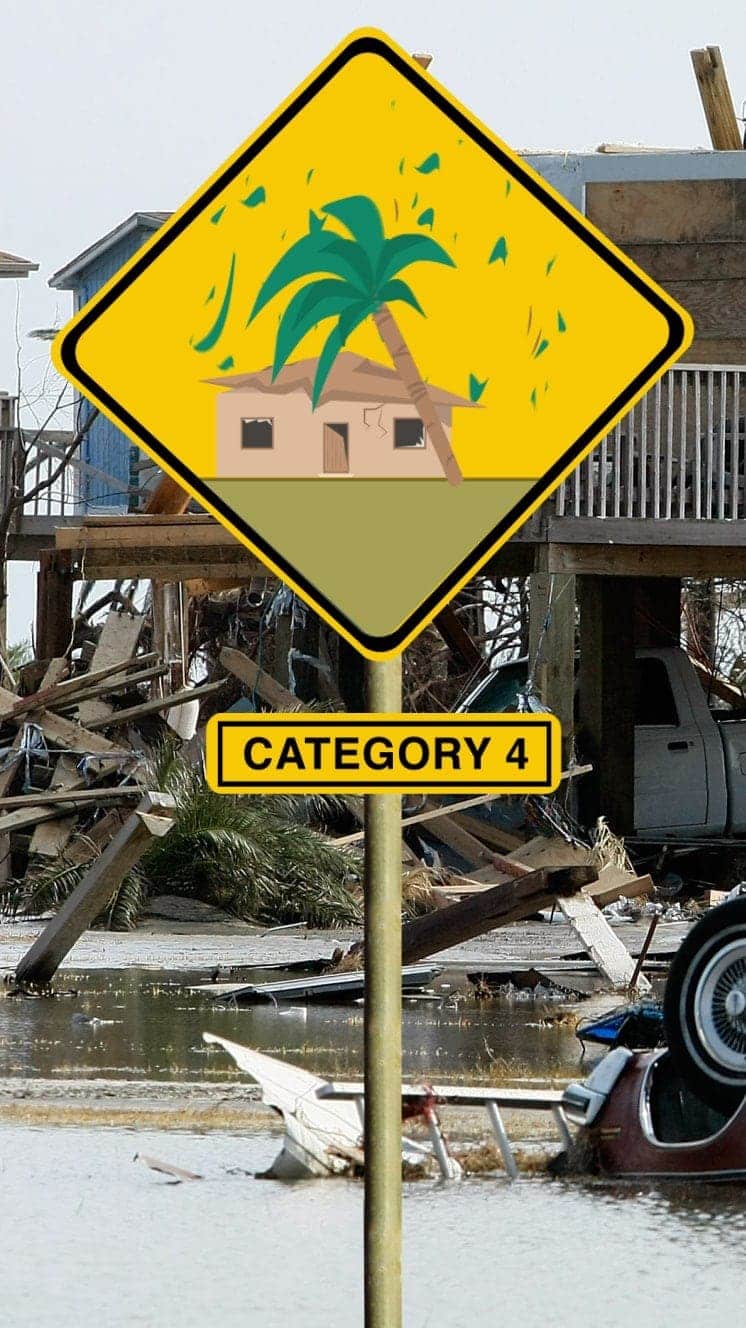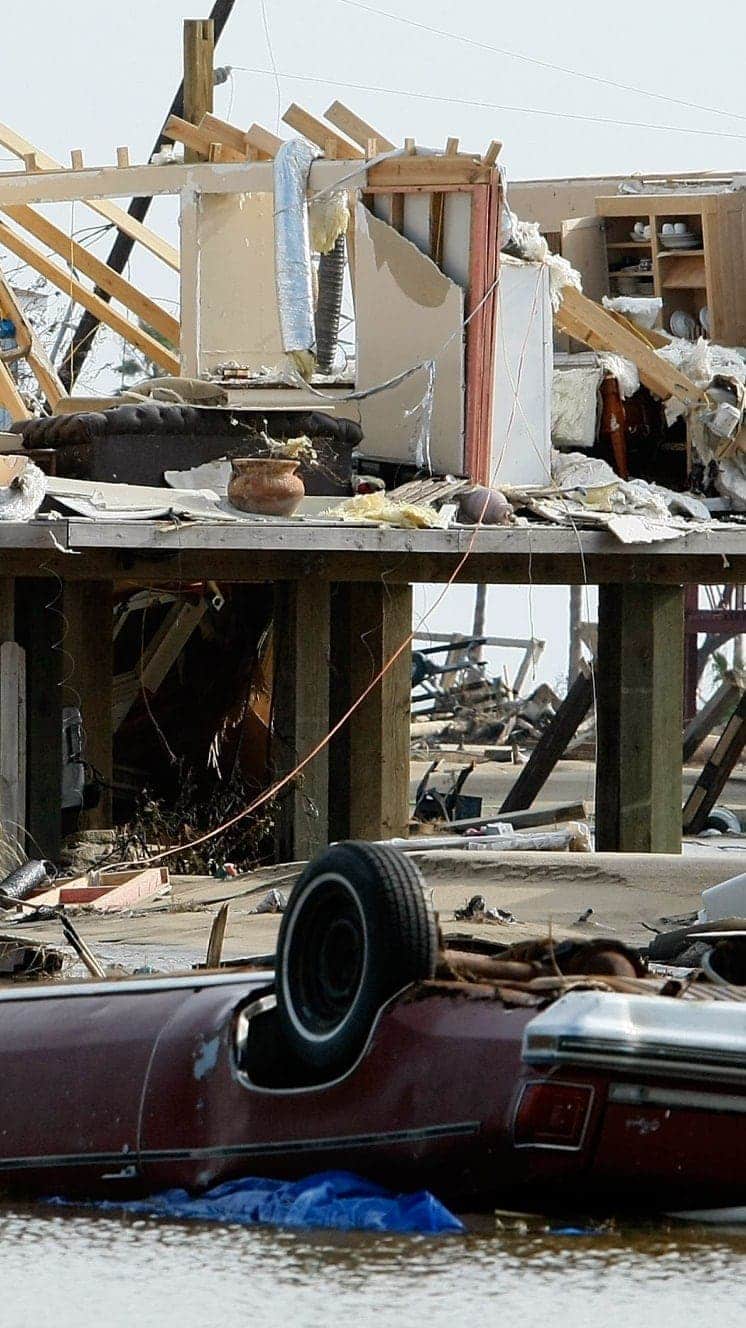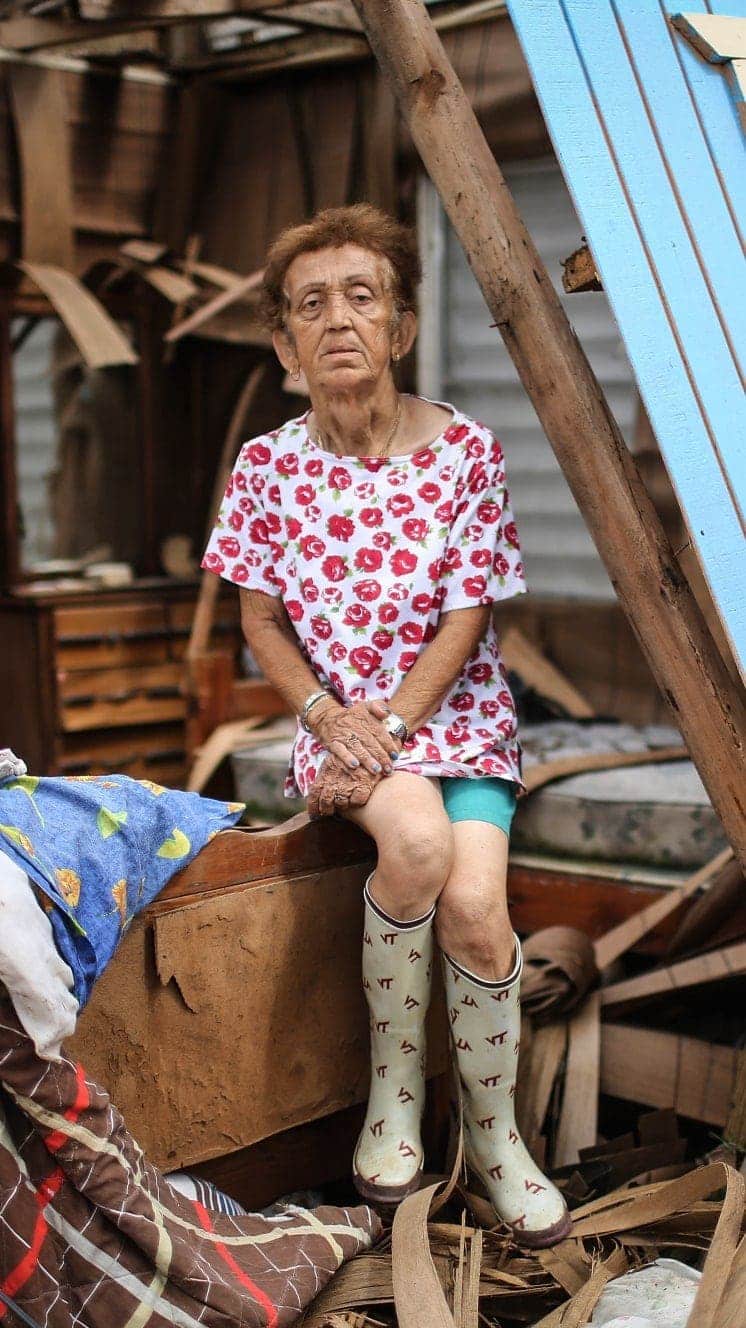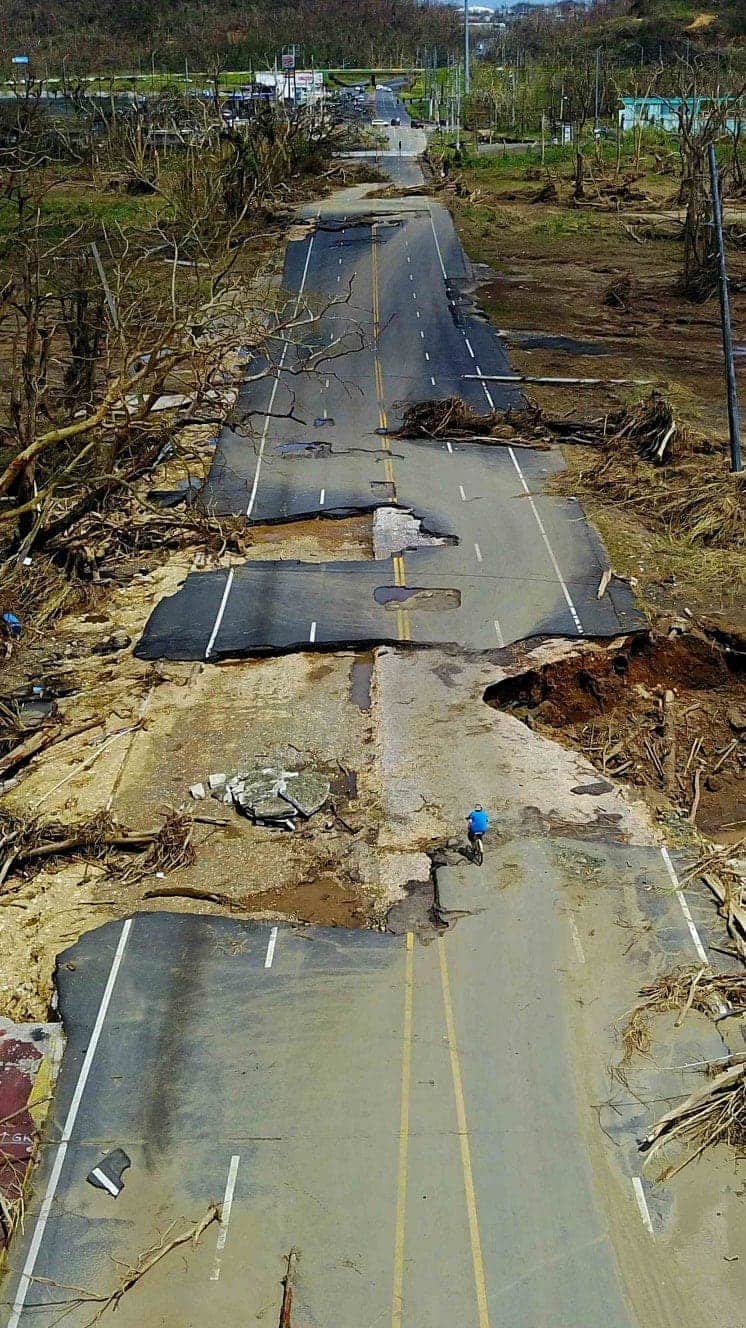Storm Leslie: Portugal hit by hurricane-force winds
- Published
About 1,000 trees have been uprooted by the hurricane-force winds
Hurricane-force winds have struck central and northern Portugal, leaving 300,000 homes without power.
The remnants of Hurricane Leslie swept in overnight on Saturday, with winds gusting up to 176km/h (109mph).
Civil defence officials said 27 people suffered minor injuries, with localised flooding, hundreds of trees uprooted and a number of flights cancelled.
The storm, one of the most powerful to ever hit the country, is now passing over northern Spain.
The worst-affected areas in Portugal were around the capital, Lisbon, and in the districts of Coimbra and Leiria. Aveiro, Viseu and Porto in the north also suffered damage.
About 1,000 trees have been uprooted, officials say. The main A1 motorway was among the roads temporarily blocked.
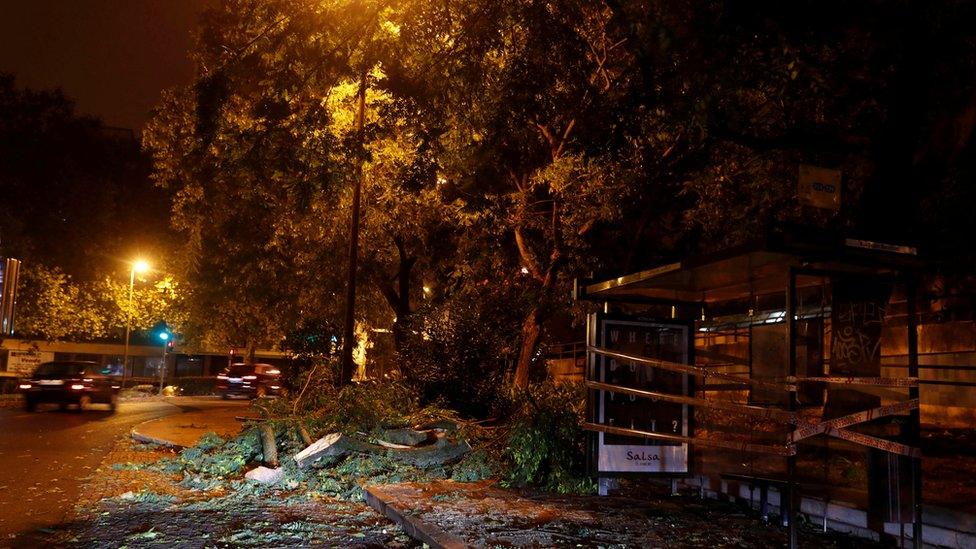
The storm wreaked havoc throughout Portuguese towns and cities
Some 1,900 incidents were reported to emergency services, although civil defence commander Luis Belo Costa said "the greatest danger has passed".
Hundreds of people remained in an arts centre in Figueira da Foz after a concert because of the high winds.
A resident of the town told SIC television: "I have never seen anything like it, The town seemed to be in a state of war, with cars smashed by fallen trees. People were very worried."
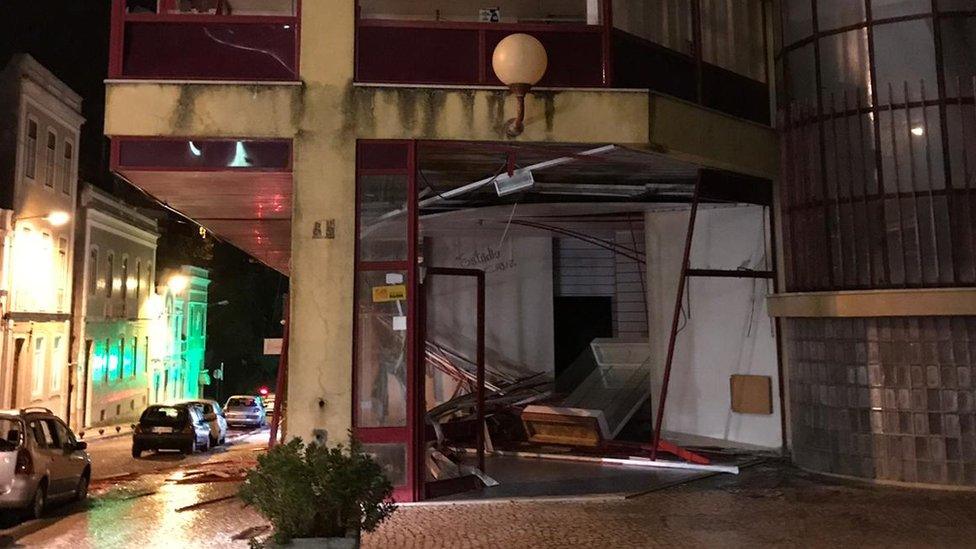
The city centre of Figueira da Foz also took damage
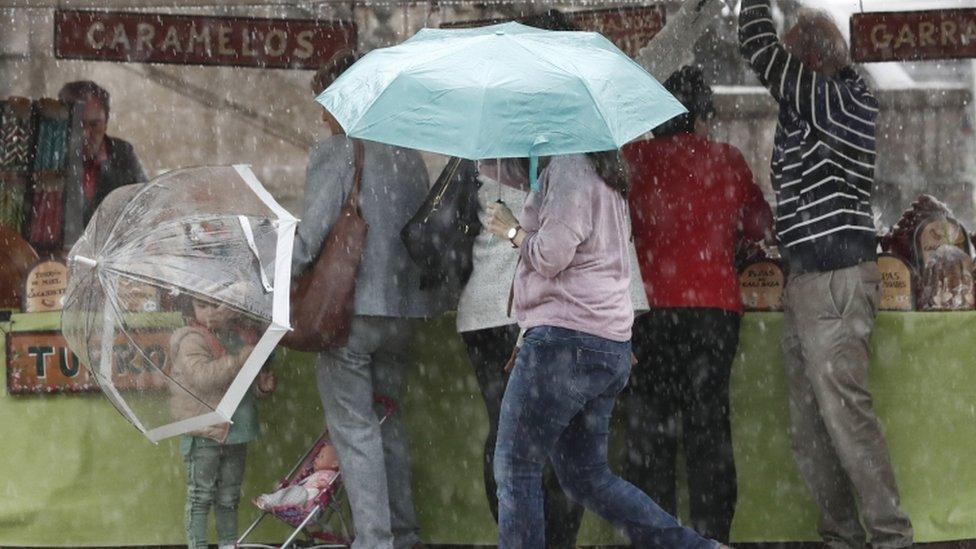
Heavy rainfall from storm Leslie in a market in Pamplona in Spain
The roof blew off a stadium hosting the European final of the women's roller hockey competition, halting the event, AFP news agency reported.
It is rare for an Atlantic hurricane to reach the Iberian peninsula, with only five such events recorded.
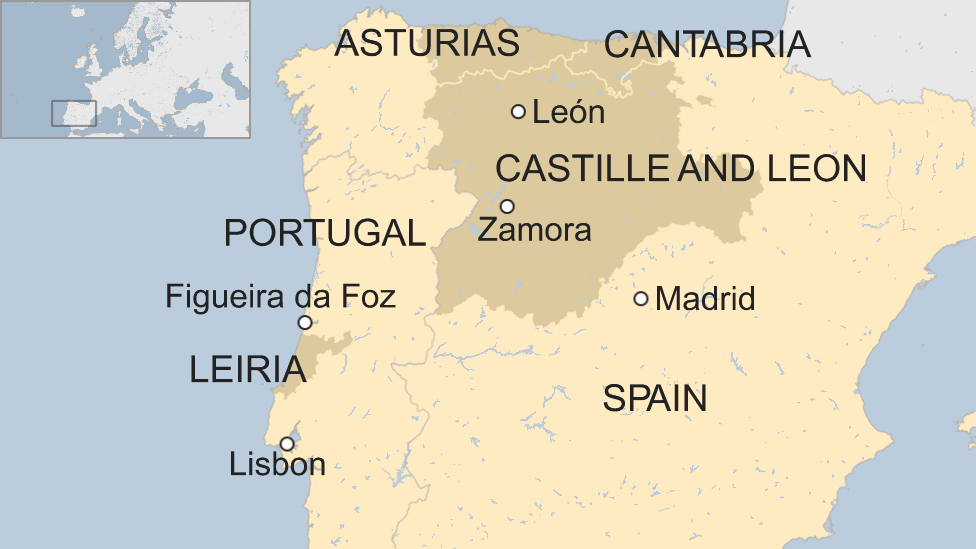
Hurricane Leslie had formed on 23 September but was downgraded to a tropical storm before it made landfall. However, it retained gusts of hurricane strength.
The Spanish Meteorological Agency (Amet) said Leslie was moving north-east through the peninsula.
Gusts of almost 100km/h were recorded near the city of Zamora early on Sunday, but winds have now lessened.
Amet said that on Sunday morning large areas of Asturias, Castille and León and Cantabria would be affected, with north-eastern areas hit in the afternoon.
Four departments in southern France have also been put on alert for storms and flooding.

- Published7 August 2018
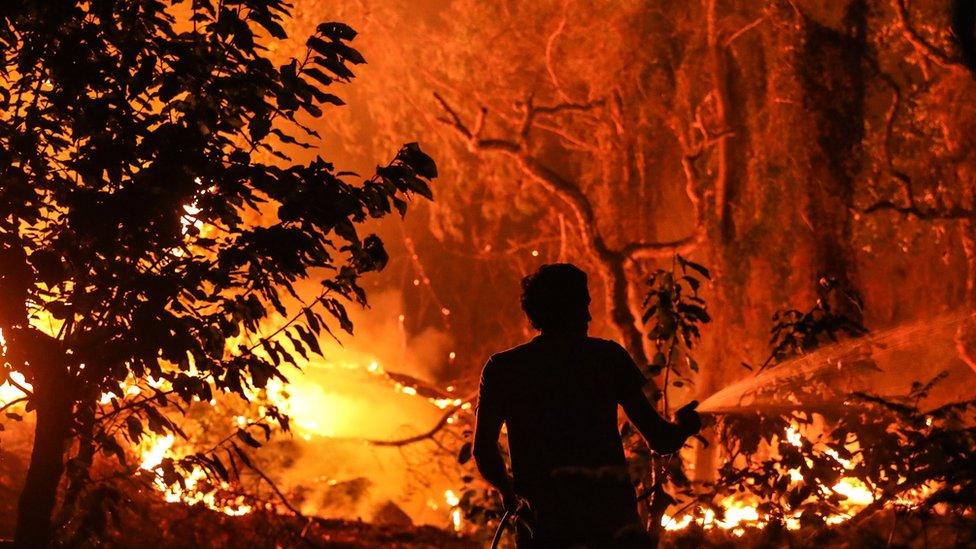
- Published4 August 2018
